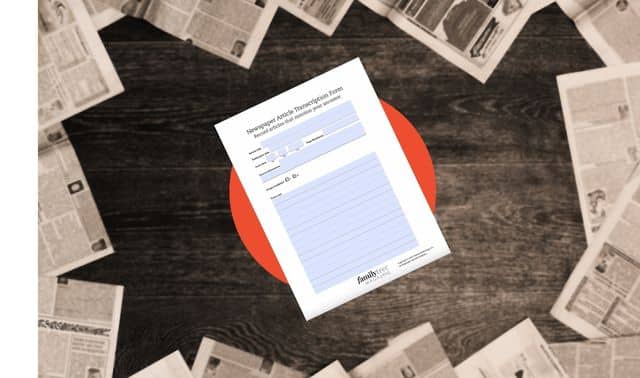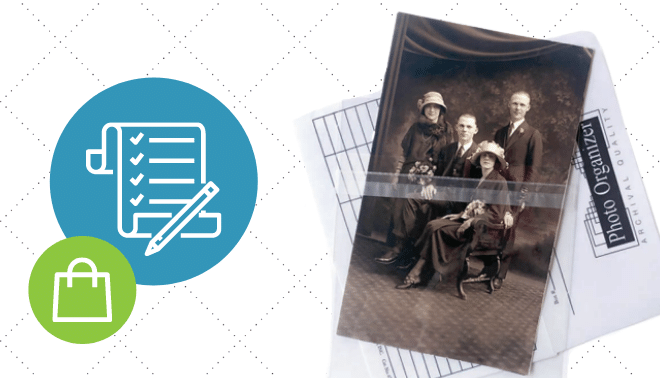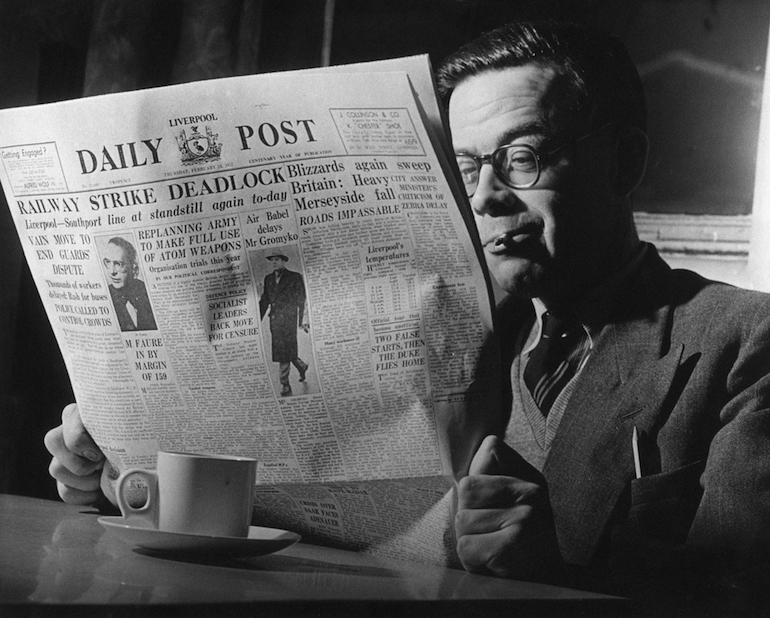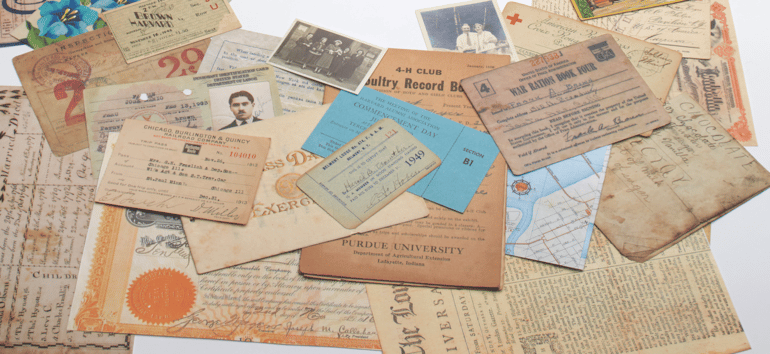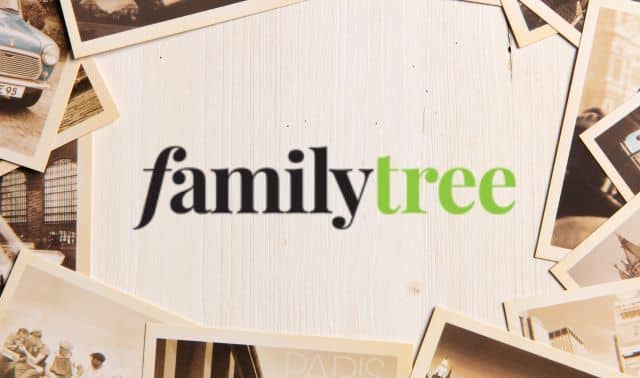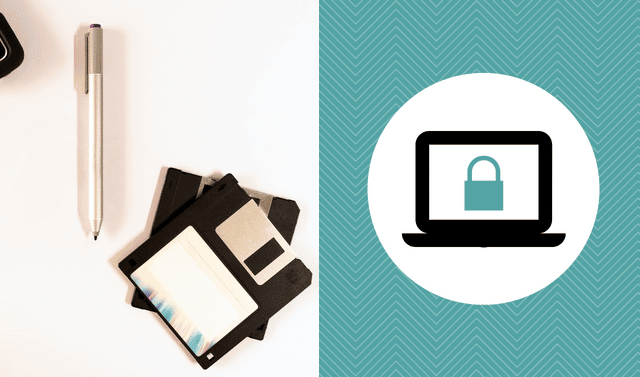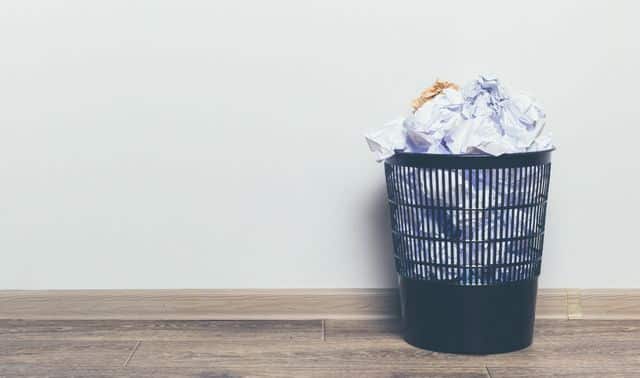Sign up for the Family Tree Newsletter Plus, you’ll receive our 10 Essential Genealogy Research Forms PDF as a special thank you!
Get Your Free Genealogy Forms
"*" indicates required fields
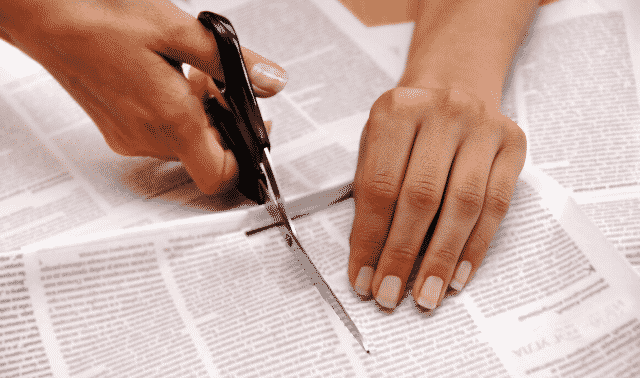
Does your family archive hold yellowed and crumbling news clippings from years gone by? If so, you have a lot more than an old newspaper in your hands. You own a piece of history that’s becoming more rare each day. But unfortunately, that same clipping is a toxic time bomb that can damage anything it touches, turning artifacts into archival junk in just a few short years.
It’s the very nature of newspapers to be short-lived: Yesterday’s headlines are constantly being replaced by today’s breaking news. Newsprint is so acidic that some museums routinely copy news clippings and destroy the originals. Early broadsheets and newspapers were printed on paper made from the cotton rag pulp, but by the 1880s most newspapers were printed on cheap paper made from untreated wood pulp. The high concentration of acid and lignin in this type of newsprint causes the paper fibers to break down when exposed to heat, light, air, and pollutants.
What’s the family historian to do? Save every newspaper clipping for posterity? Or duplicate, and then destroy? Not to mention preserving your own family’s news stories that you continue to clip and save for your children or grandchildren. Is today’s news truly trash?
Don’t despair. Before you add your old newspapers to the recycling bin, get to the bottom of the story about how to create a properly preserved family news archive.
1. Digitize Your Clippings
Museums, archives and public libraries have adopted different tactics when it comes to preserving newspapers. While museums and archives aim to preserve original materials, libraries want to make the information in that material easily available. Some organizations might print copies of newspapers and clippings on archival paper and discard the original due to lack of space and funds for archival supplies.
Your own family history news archive may hold original full-size newspapers, loose clippings, photocopied articles (some pasted into scrapbooks), as well as a variety of scanned news clippings and photocopies, and typed transcriptions.
Your first preservation step is to digitize paper copies (whether original newsprint or photocopies on regular office paper) by taking a photo with your digital camera or scanning the paper. With a desktop scanner, check the option for de-screening to eliminate those tiny dots from the original printing process. If the publication information isn’t printed with the clipping, write or type it (newspaper title, date, volume and issue, page number, and the repository or website holding the paper) and include it with your scan. Add your own identifying index words, such as the surname the item is associated with, plus the place or the event depicted.
Got a full-size paper to digitize? I’ve found the simplest way is to take a digital photo of the entire page. My camera takes an 8.1 megapixel image that allows sufficient enlargement on the computer to easily read the articles. Covering the page with a piece of nonglare glass will help flatten creases, but can make the final scan harder to read, so try it both ways. Use a tripod or flexible mount to hold your camera steady.
You also could use a portable flatbed scanner to make multiple images you can “stitch” together with included software. A typical newspaper page might require several scans to capture the entire page. Some scanners allow you to overlap the images, then use stitching software to create a full-page image. The scanning and stitching process can be time-consuming if you have many full newspapers.
I don’t recommend using your desktop scanner for anything larger than the scanning glass because it’s difficult to maneuver a full newspaper page without damaging the paper. (If you do go this route, learn more about scanning large documents like newspapers.)
2. Protect Against Acids
Museums sometimes preserve aging newsprint by deacidification, a process that neutralizes the acids in the paper, and alkinization, which adds buffering ingredients to the paper.
You can do this at home by treating small clippings with a deacidification spray such as Archival Mist (from EK Success), Make-It-Acid-Free (Krylon), Wei T’o (Wei T’o Associates) or Bookkeeper (Lineco), available where scrapbooking supplies are sold. Follow the instructions on the packaging. But note that these sprays are effective for only seven to 10 years before they need to be reapplied. To maximize longevity, place the treated clipping on a sheet of buffered paper and then tuck it inside a polyester sleeve (see step 4 for more on storing your clippings).
The cost of deacidification sprays—about $14 to $50 for a 6-ounce bottle—and the amount needed for an entire newspaper or collection of clippings makes it impractical for many family archivists. If you do use a spray, test it first on a small area to make sure the ink won’t run. You can find internet recipes for homemade deacidification solutions, though reliability varies. The Northeast Document Conservation Center (NEDCC) recommends against these. For home archives, the NEDCC says it’s more practical to digitize clippings and print copies on archival paper, then properly store the originals (see step 4).
3. Organize and File
Many family historians file obituaries, marriage notices and other clippings in their primary filing system, under an individual or family. This is a great way to keep research materials together about a family, but it isn’t the best way to store newsprint items. The acid in newsprint can easily migrate to adjacent documents and photos and damage them.
Your goal should be to make all your clippings a uniform size: on 8.5×11-inch archival paper filed alphabetically by surname, event or location so that you have only one place to look for an item. Decide if you’ll preserve original clippings or just copies. The easiest file to care for includes copies made only on bond paper. But I love the look and feel of old newspapers, so I tend to keep original clippings in my file.
To reduce the risk of damage to other documents, I place each clipping on a sheet of buffered paper—no glue, tape or adhesive. The buffering agent in the paper helps neutralize acid in the newspaper and prolong the life of the paper. Slide the paper and clipping inside an archival page protector, leaving the top open. This allows the paper to “breathe” and acids to escape.
I also keep printed transcriptions, abstracts and extracts of newspaper articles in my file. Print copies of your digitized clippings on acid-free, buffered archival paper. Consider making duplicates for your genealogy files.
4. Store Safely
Evaluate the size of your collection and purchase suitable-sized archival boxes, folders and buffered acid-free tissue. You’ll need newspaper-size boxes for full-size sheets and folder-size boxes for clippings. Open full newspapers flat and store them separated by buffered tissue and folders. I find it easier to keep track of clippings by storing the sleeves in three-ring binders. Archival suppliers offer acid-free, lignin-free notebooks with slipcases and tab dividers you can use. You might need to keep large clipping files in a filing cabinet.
Store your boxes and binders away from light, dust, pests, and extreme temperatures and humidity. If you keep your file in a cabinet, open it occasionally to air out any acids that have been “off-gassed.” Your newspaper archive should be stored separately from other material in your archive—don’t put photographs and documents in the same folders or boxes. Periodically review the file and remove any damaged items. Reprint them on new archival paper if necessary.
5. Create an Index
Your clipping file will be more useful if you create a searchable index using keywords and other pertinent information associated with each article. Set up a spreadsheet with columns for Surname, Locality, Event, Date, Publication, Page/Column, Digital File Name and Clip File Reference Number (if you’re using a numerical filing system). Enter each clipping into the database and keep an updated copy of your index at the front of your clip file. If you also save the index to the “cloud” using Evernote or Google Drive, you’ll be able to access it from anywhere you’re researching.
By taking a few hours to create a family history clip file that includes news clippings relevant to your ancestors’ lives as well as to your own family, you’re preserving primary documents that your descendants can see and touch. In a world that’s becoming more paperless all the time, your very own family news archive will be a unique legacy for the future.
A version of this article appeared in the January/February 2013 issue of Family Tree Magazine.
Related Reads
ADVERTISEMENT

